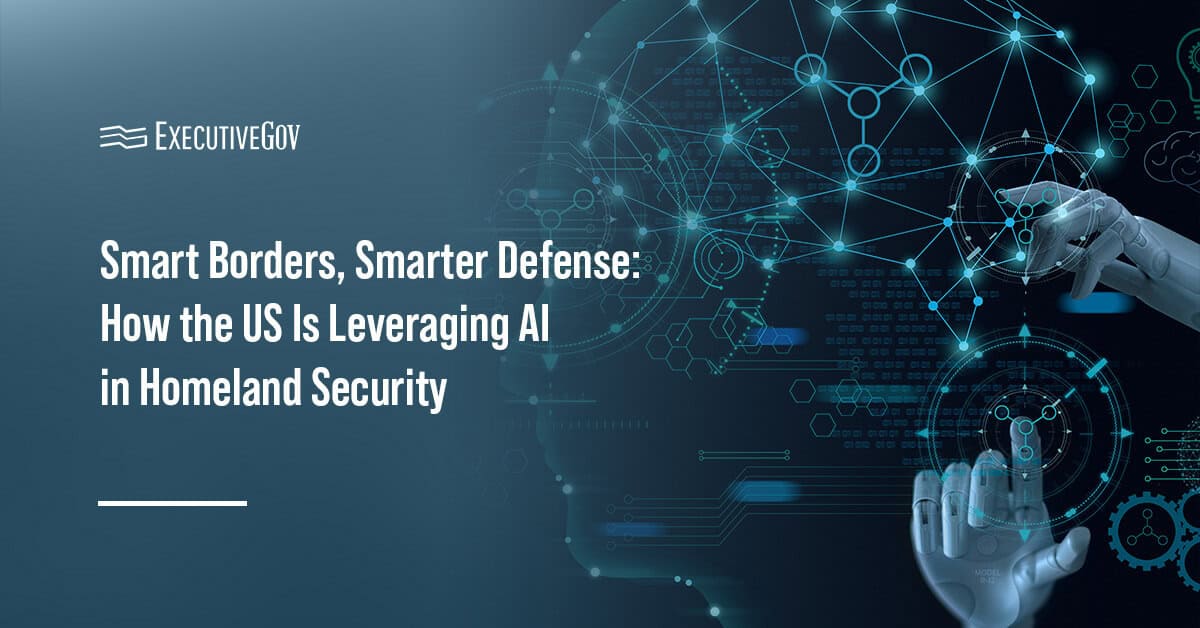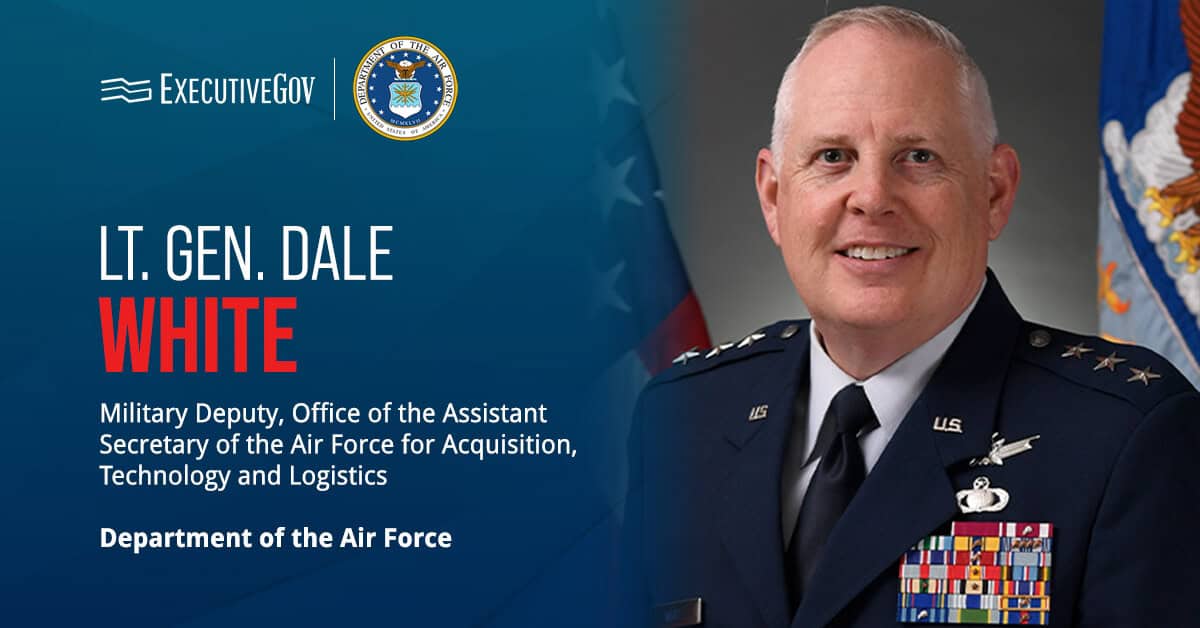AI is rapidly reshaping how the Department of Homeland Security carries out its mission—and GovCons should pay close attention. Across DHS agencies, AI is becoming a force multiplier, helping federal teams handle vast amounts of data, improve accuracy and make faster decisions in high-stakes environments.
As former Homeland Security Secretary Alejandro Mayorkas once asserted: there is “not a domain” within DHS that isn’t potentially enhanced by AI, according to Axios. For GovCons, this means AI expertise is no longer optional—it’s central to winning future contracts and staying aligned with evolving federal priorities.
Contractors who understand these shifts will be better positioned to meet DHS’ evolving technology needs. Let’s dive into the details about how DHS is using AI to enhance U.S. homeland security below.
Want to know more about the applications of AI in border security? The 2025 Homeland Security Summit, from Potomac Officers Club, offers an “AI in Action: Driving Efficiencies at the Border” panel discussion directly aimed at this subject, featuring panelists from MANTECH and AT&T. Sign up for this prestigious GovCon event today!
Table of Contents
CBP and Edge AI
Customs and Border Protection can’t get enough AI. In fact, Mark James, CBP tech leader, was quoted by FedScoop as saying the agency can’t keep up with all the AI use cases for its missions.
CBP employees are using the Google Vertex AI application to search a variety of data sources and combine them into one entity. The agency is also transitioning from using cloud AI, which uses external servers to compute data and needs a dependable internet connection to properly function, to edge AI. This technology processes information on devices and performs more effectively in remote areas.
Border agents are leveraging Google Translate for interactions such as text-to-voice, video-to-text and voice-to-text for interactions with people leaving and entering the country. Google in early 2024 added more than 100 new languages to its Google Translate supply.
CBP is using AI-powered video tools on the border and entry points to detect contraband and evaluate threats. It leverages an intelligent computer-assisted detection, or ICAD, application. This processes video and images taken by field imaging equipment and provides CBP staffers with information on whether humans were in those images. CBP is also using AI in video to identify motor vehicles and keep tabs on streaming video.
GenAI and Cybersecurity
The Cybersecurity and Infrastructure Security Agency uses AI extensively. From identifying new ways to use AI in its work or leveraging AI-enhanced commercial off-the-shelf tools, CISA is leading the way with AI in homeland security.
CISA is using penetration testing applications that use generative AI to supply remediation advice to address vulnerabilities. The agency also has WiFi management software that enhances radio configurations using AI. CISA uses a cloud security application that takes machine learning algorithms to use data loss prevention policies without having them to be manually configured by humans.
CISA’s work with AI doesn’t end with cybersecurity operations. It also uses AI for its research and development pursuits. The agency is performing R&D with the DHS science and technology division to create proofs of concepts and prototypes that would use GenAI and natural language processing for incident data.
These could bolster the accuracy and relevance of data that is sorted and displayed to CISA analysts. It could also help with aggregating the information in studies for further analysis and presentation.
DHS requested $116 billion in FY 2026 for its budget. Be the first to learn the agency’s spending priorities at the Potomac Officers Club’s 2025 Homeland Security Summit on Nov. 12! Check out our lineup of six different panel discussions about AI in homeland security specifically designed for GovCon professionals. Secure your seat today and ensure your company is part of the homeland security conversation!
Facial Comparison
The Transportation Security Administration is using an AI technique called facial comparison technology to verify the identity of passengers and checkpoints using the CBP Traveler Verification Service. This application takes a biometric template of a passenger’s face taken at a checkpoint and compares it against a supply of photo templates that the passenger previously provided.
While TVS is required for people leaving or entering the country, TSA is using the capability as an option for people traveling between certain airports who want to accelerate their PreCheck process. TSA and CBP are allowing airports and airlines to request TVS for identification verification purposes.
TVS produces photo biometric templates of travelers at airport baggage checks and boarding gates and compares them to existing DHS photos. The goal is to make passenger identity verification more efficient and accelerate security checks while maintaining extensive safety requirements.
Machine Vision
The Federal Emergency Management Agency is using an AI technique called machine vision to quickly evaluate building damage after disasters. Following Hurricane Ian in 2022, FEMA used the Geospatial Damage Assessments machine learning application to rapidly assess the extent of structural damage caused by the weather system.
This model, trained on older photos of damage from natural disasters, processed machine learning and computer vision techniques to evaluate both non-impacted and damaged buildings in aerial imagery. Human analysts performing geospatial damage assessments surveyed the model outputs to confirm those structures identified by the model as suffering damage classified as major, minor or destroyed.
DHS said, in this example, machine vision reduced the amount of structures requiring human review from over one million to 77,000. It also slashed the time required for completion from weeks to days.






